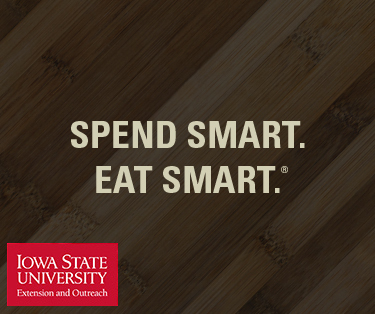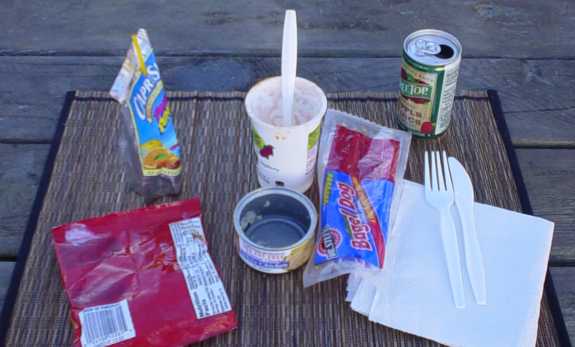Blog

A few weeks ago I invited myself to lunch at three different middle schools in Central Iowa. My “hosts” were two of my nieces and a friend’s son. I learned a lot about the changes to school lunches during those visits. I also had a chance to observe some of what I call ‘sack lunches’, although hardly anybody uses paper bags anymore.
The majority of the sack lunches were not very healthy. Most of them included some sort of bread (rarely whole grain), some protein food, crackers, chips, cookies, and fruit drink or fruit. Vegetables were rarely included. I wish I would have taken more pictures, but I was so busy taking pictures of the school lunch trays that I didn’t get any of the sack lunches. I did find a couple of images on the internet that are very close to what I observed.
|
|
I think some suggestions on lunches to take to school plus packing lunches the night before might improve the quality.
My colleagues, Ruth Litchfield and Cathy Strohbehn, collaborated on two new publications about lunches to go. Whether you are packing lunches for yourself to take to work or for your children, these are free and worth a look. Both can be ordered or downloaded from the ISU Extension and Outreach Online store.
The one page abbreviated version is called MyPlate Lunch Bag Ideas. In this publication, you will find great menu ideas to pack your child’s lunch bag with MyPlate healthy foods. You’ll find kid-friendly foods for fruits, veggies, protein, grains, and dairy. You will also find preparation and packing tips to keep foods at a safe temperature.
The longer, more detailed version is What’s for Lunch? It’s in the Bag. It will give you ideas and know how for packing healthy lunches your child will want to eat. It contains tips for preparing and packing food safely as well as menu tips for lunch bag meals. It also includes research data on best methods to keep foods at safe temperatures.

